When walking down Fifth Avenue, passersby saw an eye-catching window display — layers and layers of trash. Are those headphones? Doll legs? The cross section of the garbage mound, huge and colorful, sat in the window of the Arnold and Sheila Aronson Gallery of the Sheila C. Johnson Design Center. This was part of the exhibit In Plain View: Transforming Freshkills from Landfill to Landscape, which opened Jan 27 and ran in the exhibit space until March 2.
When asked to think of the largest park in the city, Central Park probably comes to mind for many. But in Staten Island sits a park of around three times the size: Freshkills. “Kille,” meaning water channel in Dutch, provides an accurate namesake for the park which is divided by two waterways, and the whole area was once mostly marsh. The most remarkable thing about the park, however, is what’s under the surface — trash. Before it was Freshkills Park, it was Freshkills Landfill, made up of huge mounds of trash which have since undergone an extensive capping process to make the now grassy surface of the park.
In Plain View was a collaborative effort by the Freshkills Park’s Field Research and Design (R/D) program, Sound the Mound (a sustainability initiative) artists and designers, and curatorial work from Parsons School of Design students enrolled in professor Caroline Dionne’s class, Curating Design at the Intersection of Art, Ecology and Technology. At the heart of the exhibit is an emphasis on experimentation and inquiry as a way to imagine sustainable futures while highlighting the importance of Freshkills.
Sound the Mound was started by two Parsons professors in the School of Design Strategies program, Andrew Shea and John Roach. It is an initiative that combines art, education, and technology to address environmental challenges, with a focus on the involvement of sound with ecology. It began with Roach working to combine technology from a company called Arable Labs that creates sensors that give data on environments and his work as a sound artist. From this, they started thinking about how this technology could be used and turned into a set of pedagogy that could get students interacting with the park. In tandem with this initiative they started an elective class. The class spurred many proposals for the park and also the development of a sustainability curriculum made in collaboration with a local high school.
“We were visiting Freshkills Park,” Shea said. “We were having good experiences in the class. We were trying to think about how senses can play a part in this whole curriculum and class, and I kind of didn’t want it to end. I remember having, very distinctly … a conversation with John about what else it could be after … I didn’t want the 15 weeks to be the end of it.”
Shea and Roach went on to create the elective class with the same title as their initiative, Sound the Mound. The class focused on exploration and prototyping with experimental thinking, working towards the goals of sustainability and regeneration.
The Freshkills Park Field R/D program — active from 2017-2019 — was similar to an artist residency program that worked directly with the park. Mariel Villeré and Dylan Gauthier organized the residency program and served as facilitators and curators, gathering artists together to create original and site-specific pieces — many of which were included in the on-campus exhibit. Gauthier and Villeré also made visits to the Sound the Mound class and helped with the assembling of the exhibit.
“It’s really been a journey,” Gauthier said about working with the R/D program. “And it’s really fun to talk about it now, because when I think back to what our initial conception was for the project, and how different the result is … it’s why I really believe in the power of an inquiry-led process.”
Mark Murphy, the current Freshkills Park administrator, is a long-time Staten Island resident. He knows firsthand the effects the gigantic landfill had on the community around it and how much all the progress being made in the park means.
“[It] is no longer the landfill that it once was,” Murphy said. “It is now a native grassland … we’re seeing so many populations of birds that were there 20 years ago all beginning to migrate through that area once again.”
Due to its size, the park is being opened in increments over time so each piece can be properly developed before being opened to the public. This led to some challenges when the R/D program first started as the park was largely inaccessible — but the artists found ways to represent it.
“I think when there’s something like this opening where … the city is willing to work with you and invites you in … that alone is a really powerful moment,” Gauthier said. “And so it’s fun to see it all come together here in this particular exhibition [and] get to share it with the public.”

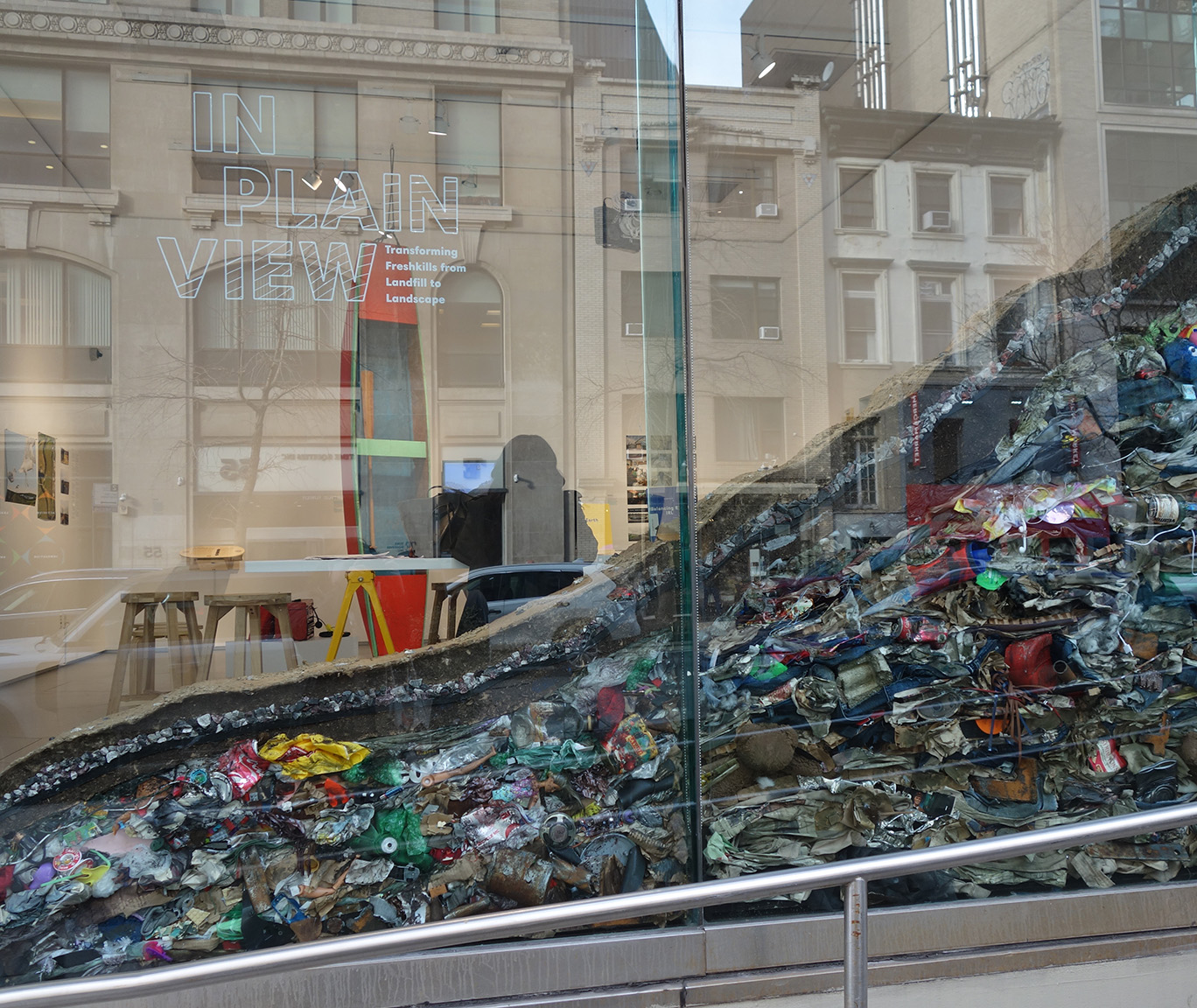
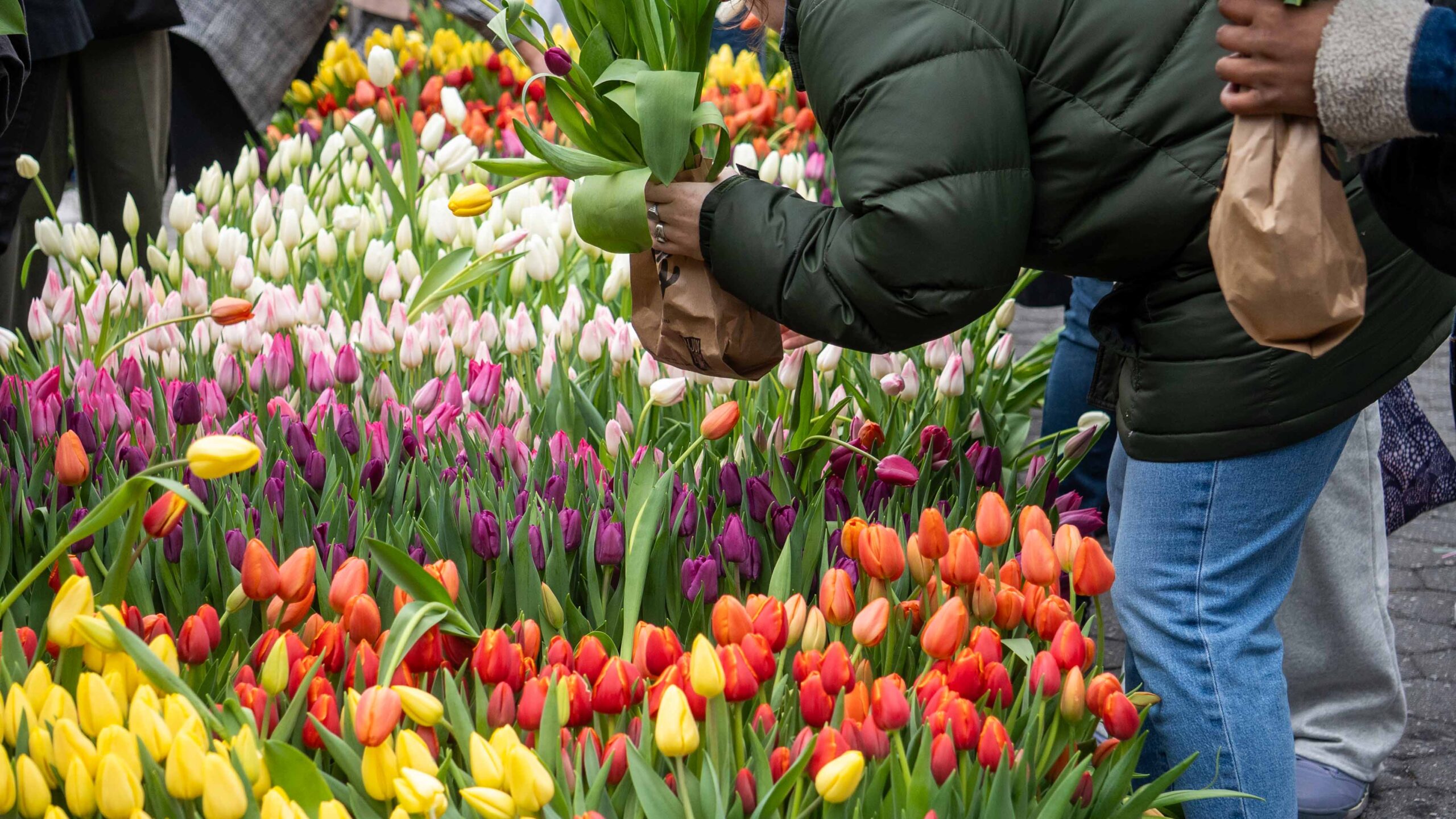
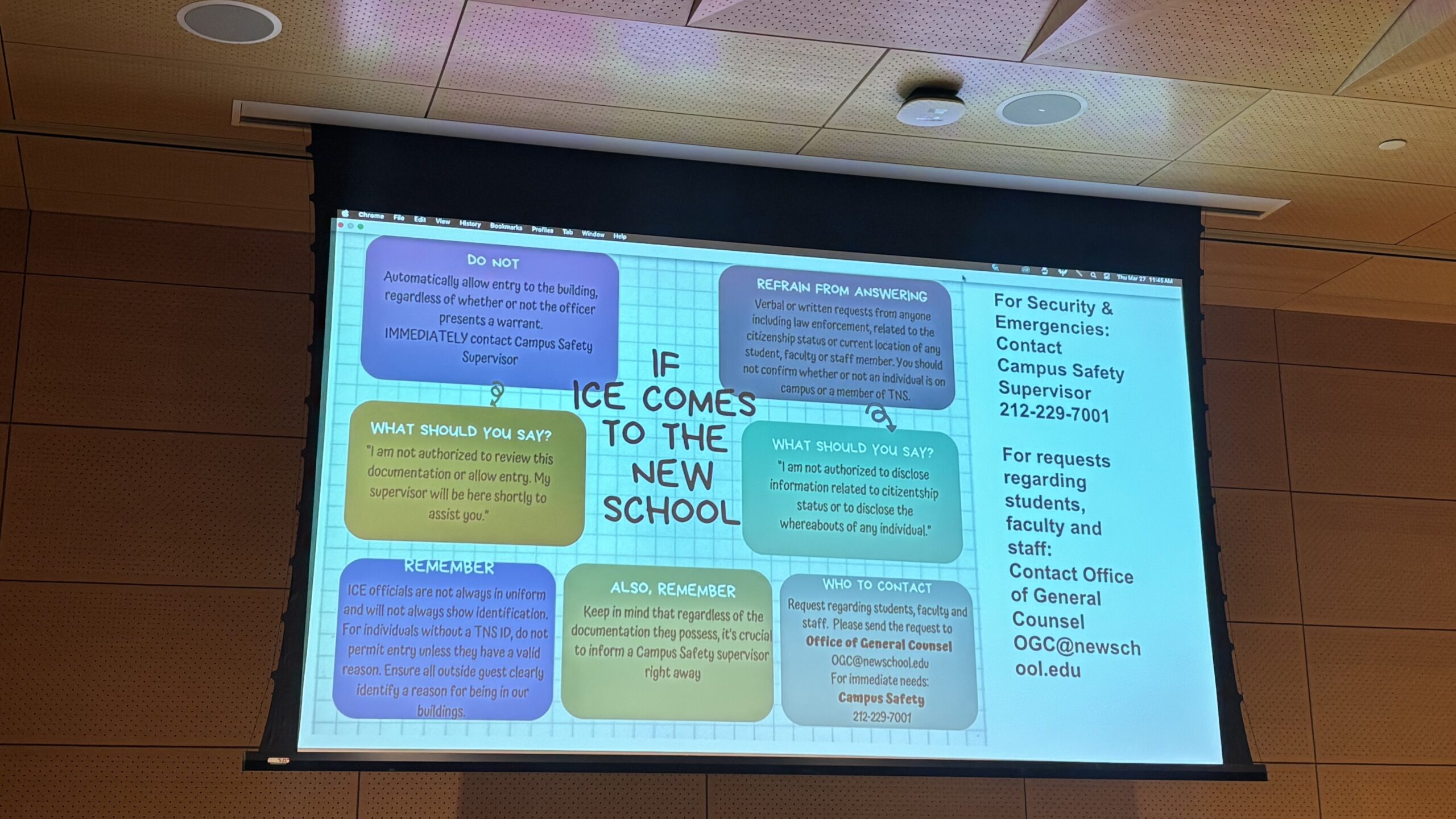
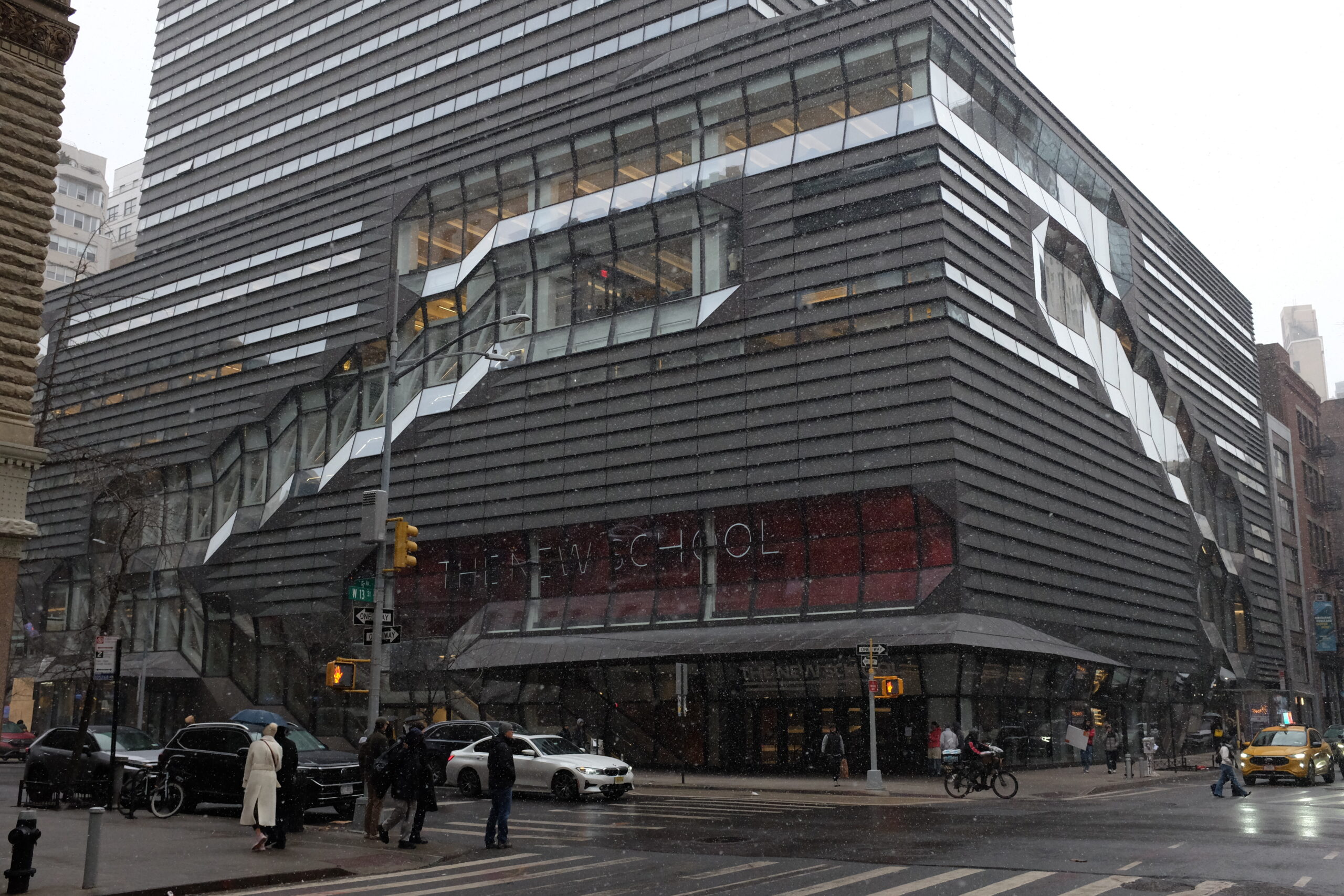
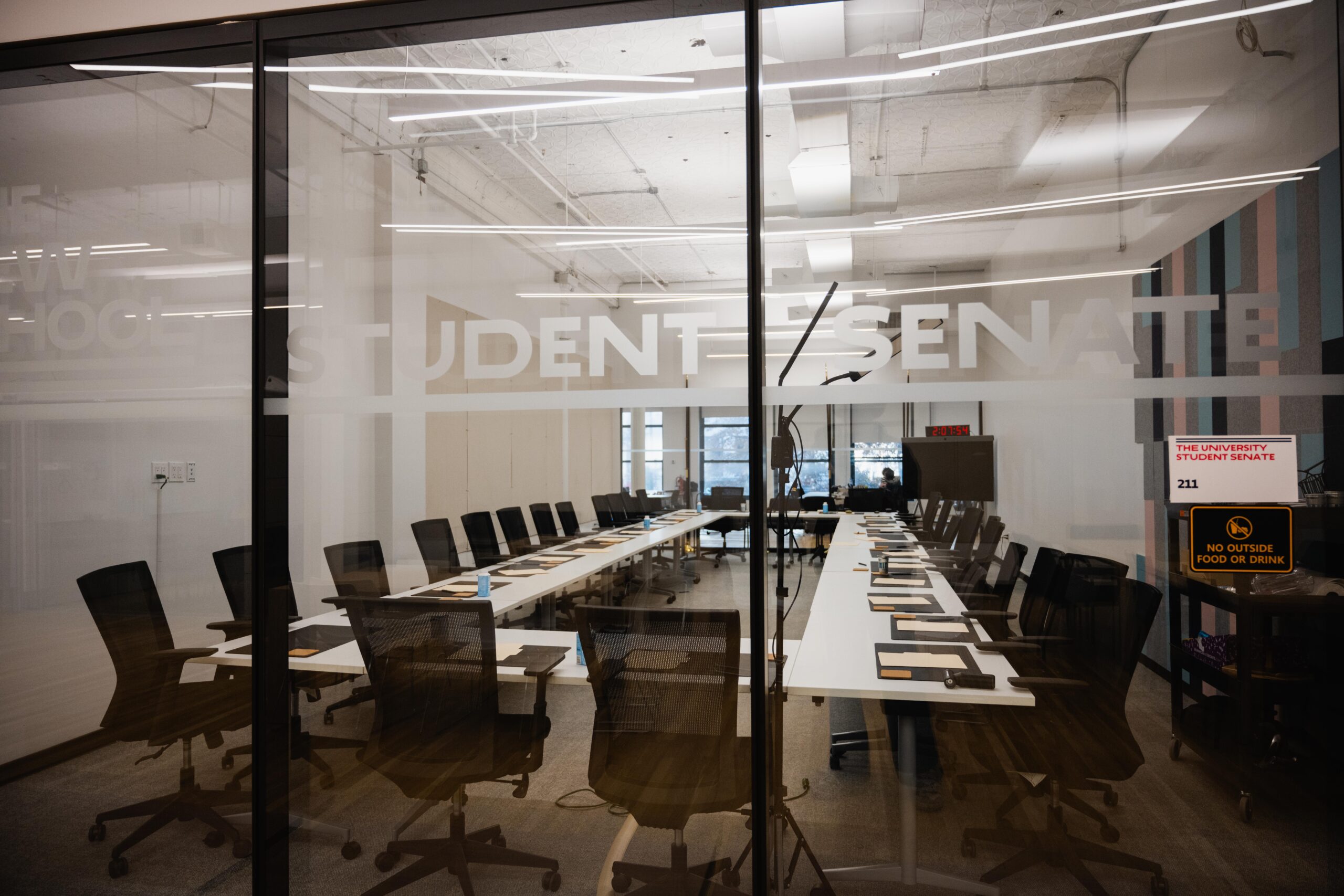
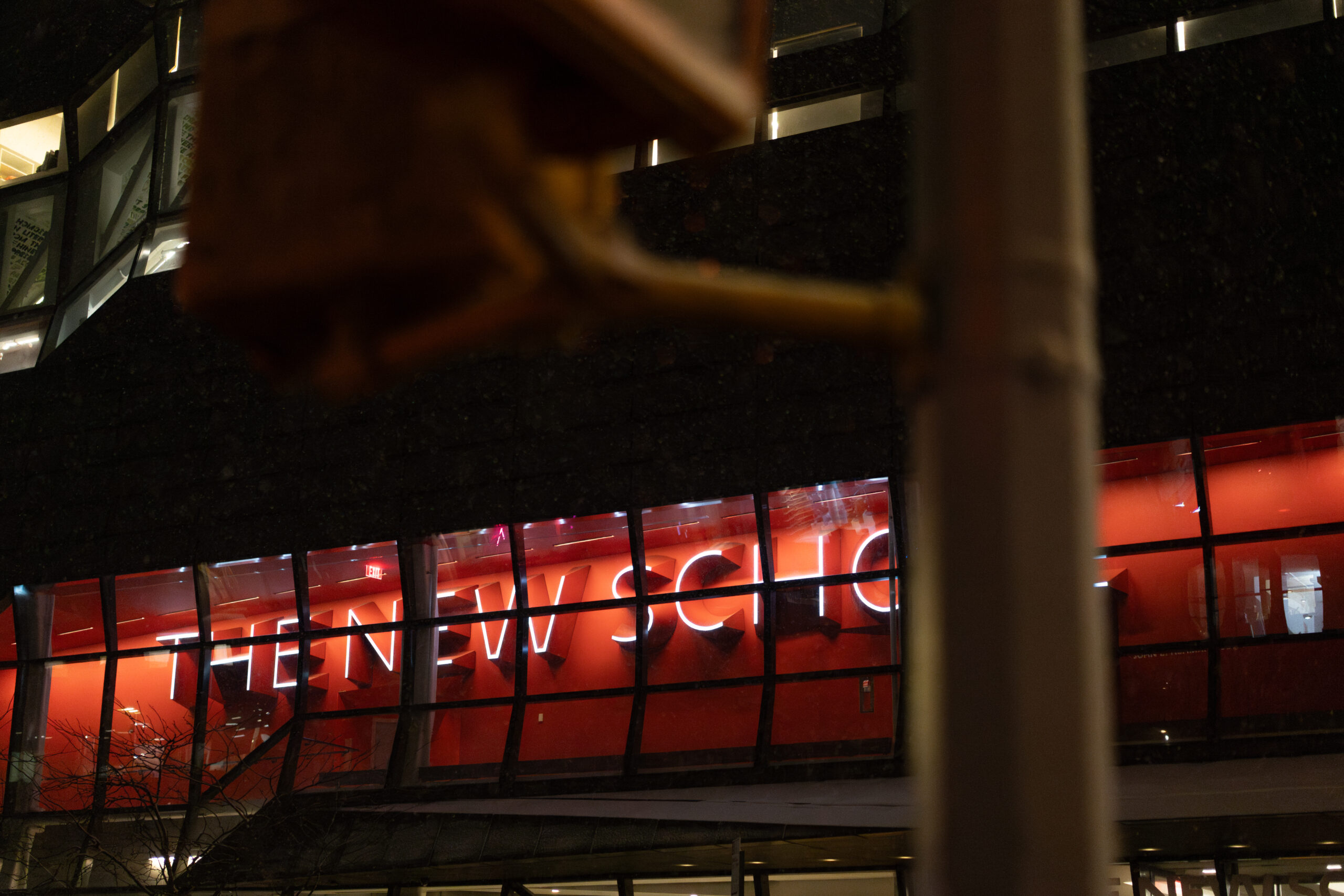
Leave a Reply